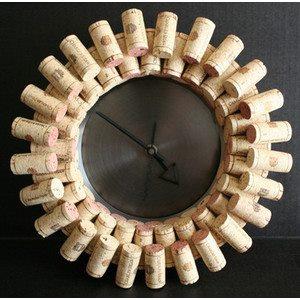While many wine festivals are held around the harvest in the fall, there are festivals that celebrate spring. Here, in no particular order, are a few (very few) of the wine festivals and events coming up in April.
Spring Fever hits the Garden State on April 7 with local NJ wines. Come to Long Branch for a sampling of all NJ has to offer- at least for wine. From April 5th through the 7th, Bear Creek Mountain Resort in PA will be having its wine and food festival.
If you are in the Virginia area next weekend (April 6 & 7), you might be interested in the April Fool's Wine Festival held at the James River Cellars. Cork in Shreveport, LA, will feature 80 wines from around the world as well as sampling of signature dishes from local restaurants.
The Maryland Wineries Association presents DECANTER—the third annual event to highlight the heritage and tradition of both Maryland wine and Maryland horse racing—on April 20-21, 2013 at historic Pimlico Race Course in Baltimore, home of the Preakness Stakes. See my post on Equestrian Wine.
Further south is the Sandestin Wine Festival in Destin, Fla. It will be held the weekend of April 18-21st. Paula Deen will be cooking so it is sure to be a good time!
The California Wine Festival in Orange County will be about the same time- April 19-20. There will be a wide range of wineries represented from throughout the state.
Earlier in the month (April 4-7) also in California is the Pebble Beach Food and Wine Festival. It is the premier epicurean lifestyle event on the West Coast, matching 250 acclaimed wineries and 75 celebrity chefs to create a hedonistic four-day destination on one of the most picturesque strips of coastline in the world.
Pennsylvania has a number of festivals (including a wine and cupcake pairing) that you can check out.
Not to be outdone, Texas Wine Lover has a whole bunch of festivals coming up in April and beyond.
Finally, the Windy City hosts a number of festivals in April.
Where ever you are, there probably is a wine festival near you. It is a great way to support the local vineyards, wineries, chefs and artisans. So, put away your parka and get tasting!







